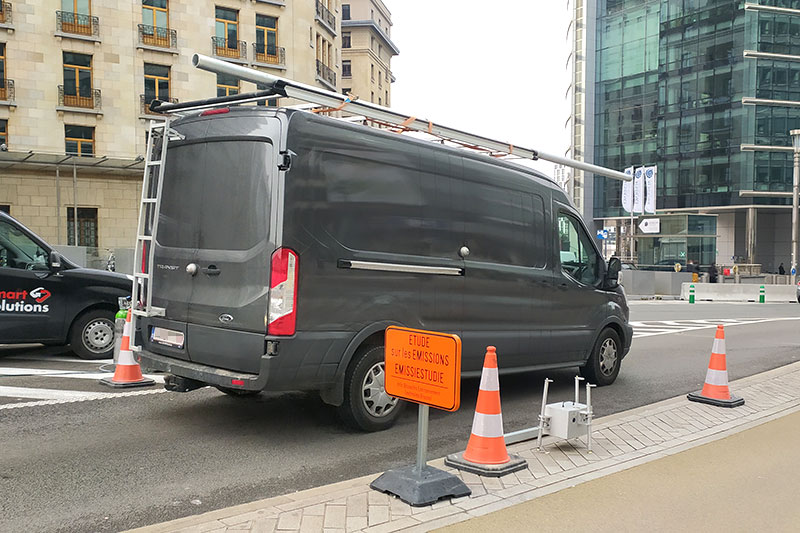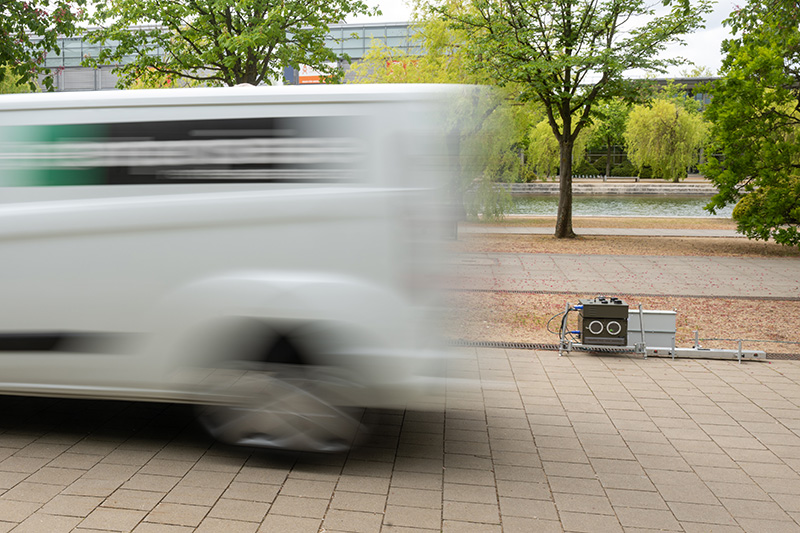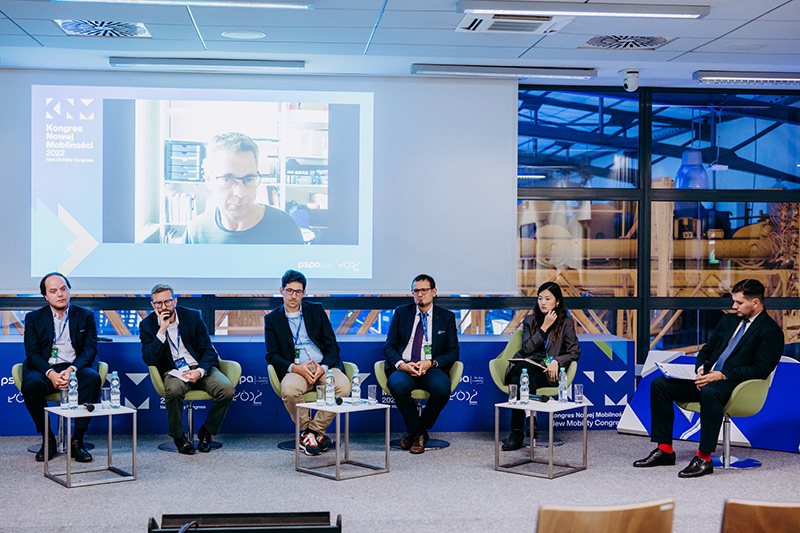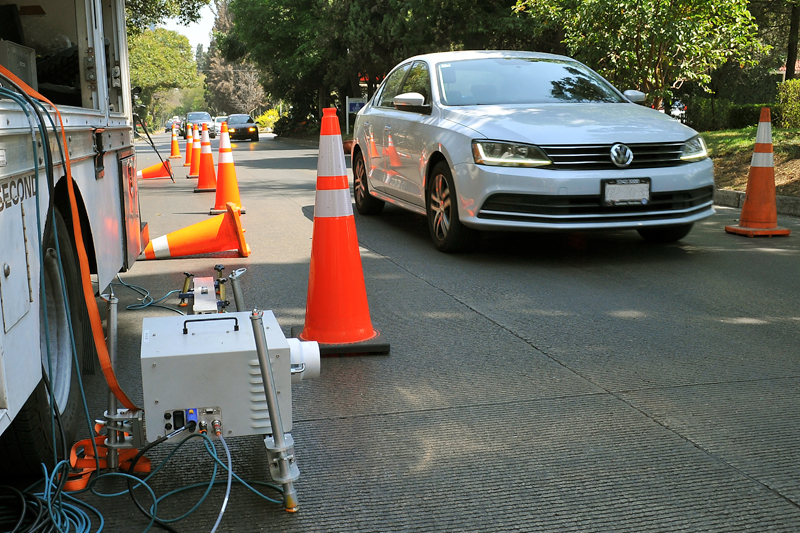Remote sensing is future of fleet monitoring, says new report
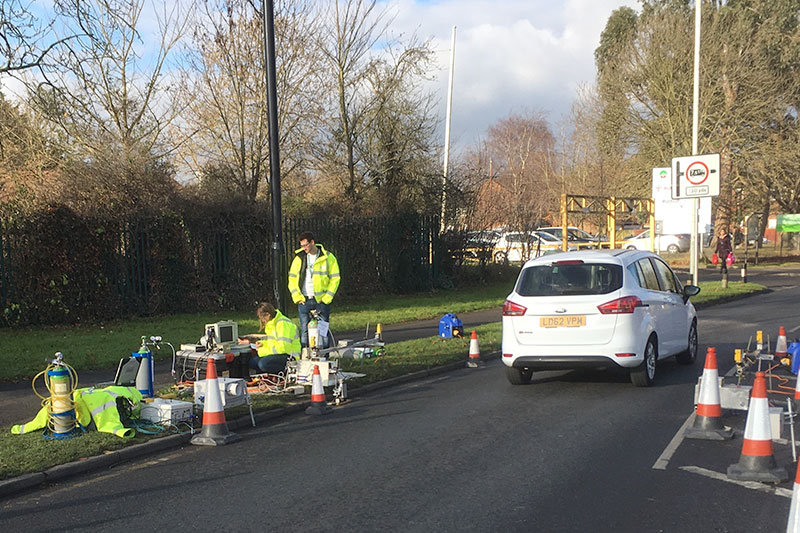
A new global report by the International Council for Clean Transportation (ICCT), a partner of the TRUE Initiative, highlights the trends and potential future developments of real-world vehicle emissions monitoring.
Remote sensing is, concludes the report, potentially the best option for fleet emissions monitoring, the development of an emissions factor, the identification of individual high- or low-emitting vehicles, and the screening for groups of high-emitting vehicles for market surveillance.
It identified the development and growth of remote vehicle emissions sensing which has been used to collect data from every continent save Antarctica. More than 1 million measurements are being collected each year in China, the United States, Hong Kong, and Korea. While Europe has historically lagged behind China and the United States in extensively deploying and pioneering new uses of remote sensing it cities TRUE as a significant component of a recent increase in remote sensing use. In 2018, multiple reports were published leveraging the more than 700,000 measurements from the CONOX database and TRUE has continued to build European data with hundreds of thousands of new records being taken in 2018 alone, including more than 100,000 in London and more than 200,000 in Paris.
The large majority of testing measured nitrogen oxide (NO), hydrocarbons (HC), and carbon dioxide (CO2) while more than half the programs measured (nitrogen dioxide) NO2, carbon monoxide (CO), and some measure of particulates.
The applications of remote emissions data have mainly focused on research and overall fleet emission trends. In some countries, remote sensing is moving into the identification of high-emitting vehicle groups for market surveillance and identification of individual high- and low-emitting vehicles to assist with periodic vehicle emission inspections.
There are multiple opportunities to increase the use of remote sensing data and the report explore ways to reduce barriers to remote sensing, such as improving equipment and data analysis, as well as decreasing the cost and addressing other logistical hurdles. Recommendations for ways to lower remote sensing barriers include:
- Development of national and international centralized databases on vehicles’ registration data, accessible quickly and at low cost while respecting privacy concerns.
- Extending the scope of measured gases.
- Devising and improving methods to use real-world remote sensing to enhance emission factors used for air quality modelling and other applications.
Sheila Watson, Deputy Director of the FIA Foundation, said “The ICCT’s latest report shows both the importance of remote sensing and the ways in which this testing should develop in the future. It also identifies the importance of the TRUE Initiative’s programme of activity to highlight the disparity between EU emissions standards and real-world emissions.”

